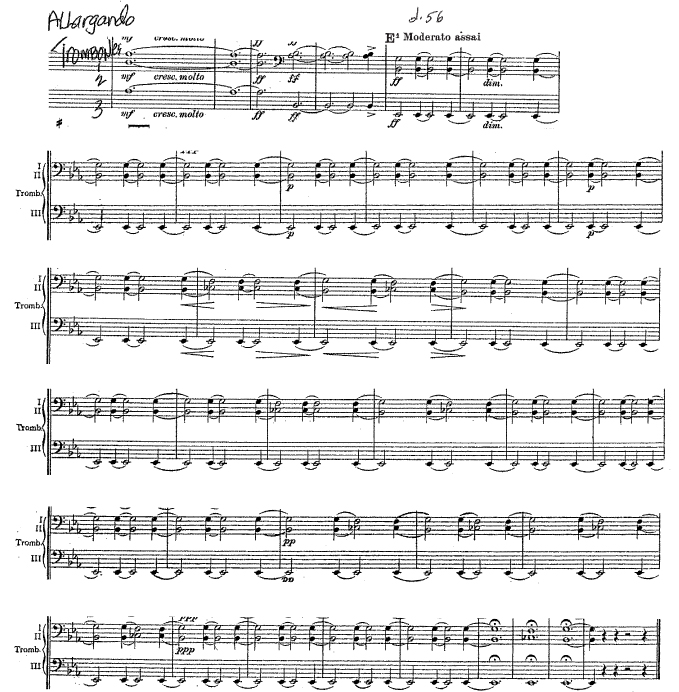Everything we do on a musical instrument is a result of habits formed as we play and practice. If we didn’t form habits we would never be able to repeat an action and our playing would be wildly different every time we picked up the horn. The type of habits we form are critically important to the success of our musical development. Basically there are two types of habit formation: the first is playing with no particular goal in mind, just covering the notes, and letting what comes out be the habit that is formed. The other type is forming a habit with a specific goal in mind, be it a certain sound, a certain way of starting notes, a certain way of slurring, etc. Guess which method leads to the best outcome? Many times I have asked people in lessons, “is that the sound you want to be remembered by?” The answer is always no. But that’s probably the sound they have been playing with for a long time and just let the habit form without making a conscious decision on what type of sound they wanted to produce, and by that I mean how much quality they wanted in it. It amazing how many facets of playing people let habits form around without ever thinking whether that’s exactly what they wanted to sound like.
I like the quote of George Bernard Shaw:
“The reasonable man adapts himself to the conditions that surround him… The unreasonable man adapts surrounding conditions to himself… All progress depends on the unreasonable man.”
That’s not a bad thought to base your approach to playing on. Instead of adapting your taste to what habitually comes out of the horn, how ’bout being a tad unreasonable and make your playing adapt to something that is not in the norm. We don’t strive to be average players do we? That means to establish habits that are the result of serious contemplation, and striving toward that goal, which is hopefully not in the realm of “the reasonable man.”
One of the most interesting, and challenging excerpts I’ve come across is this excerpt from Sibelius’ Lemminkainen Suite, No.1, “Lemminkainen and the Maidens of the Island.”
It requires complete control of articulation and sound production. The difficulty lies in the fact that the rhythmic figure continues for many bars, with the dynamic gradually diminishing until it ends ppp into two fermata chords.
The challenge is to keep exactly the same quality of sound and clarity of articulation no matter what the dynamic. The sound and clarity of attack should be exactly the same in the 3p’s as in the forte dynamic, something that is difficult to achieve without absolute determination and practice, with this clear objective in mind. This is even more difficult with all three players playing, but when achieved makes a stunning impression.
